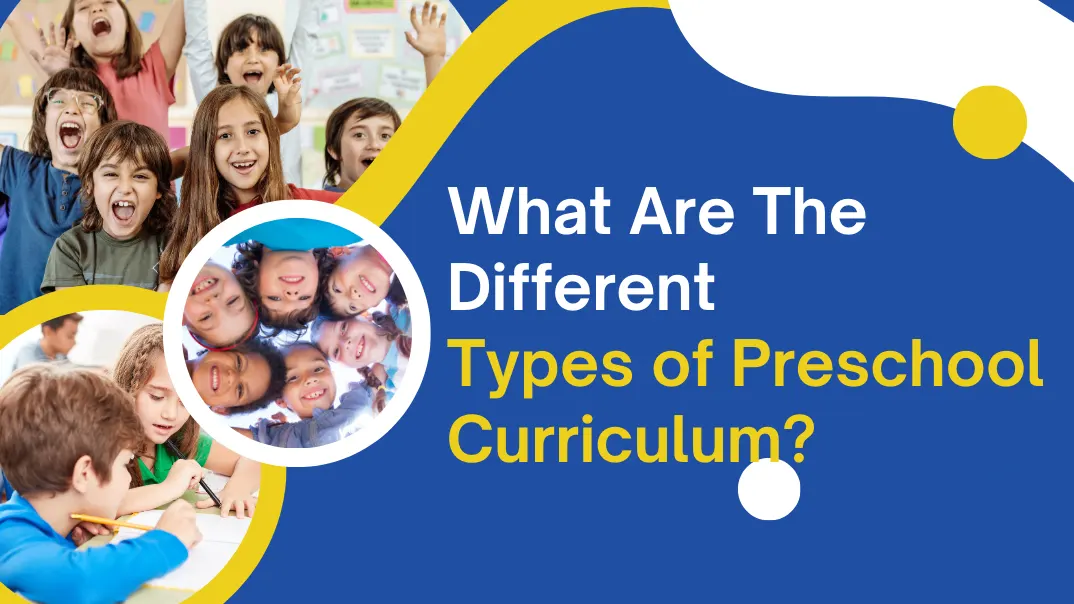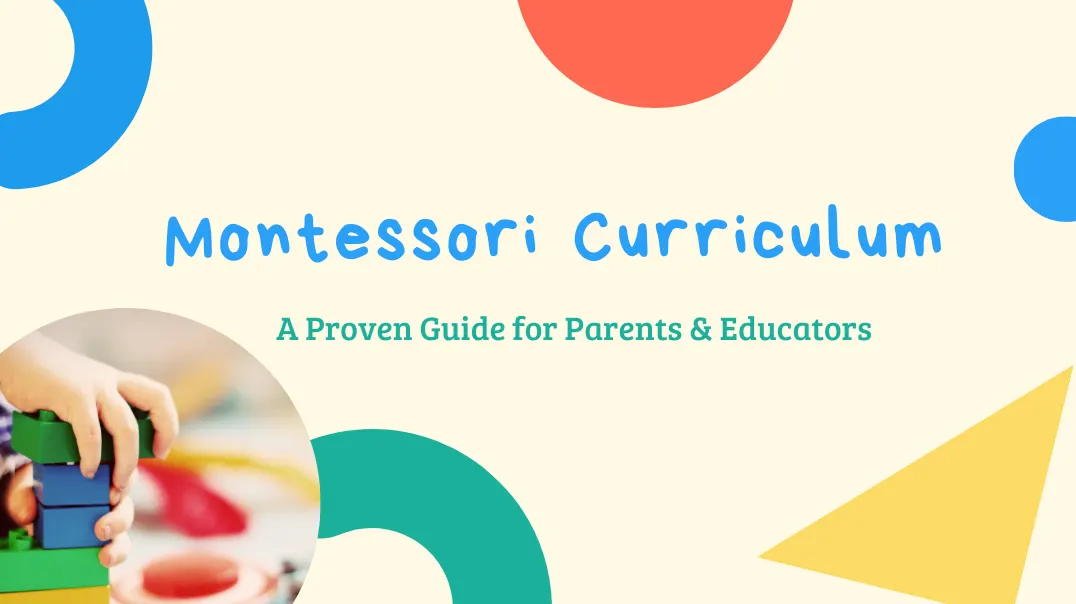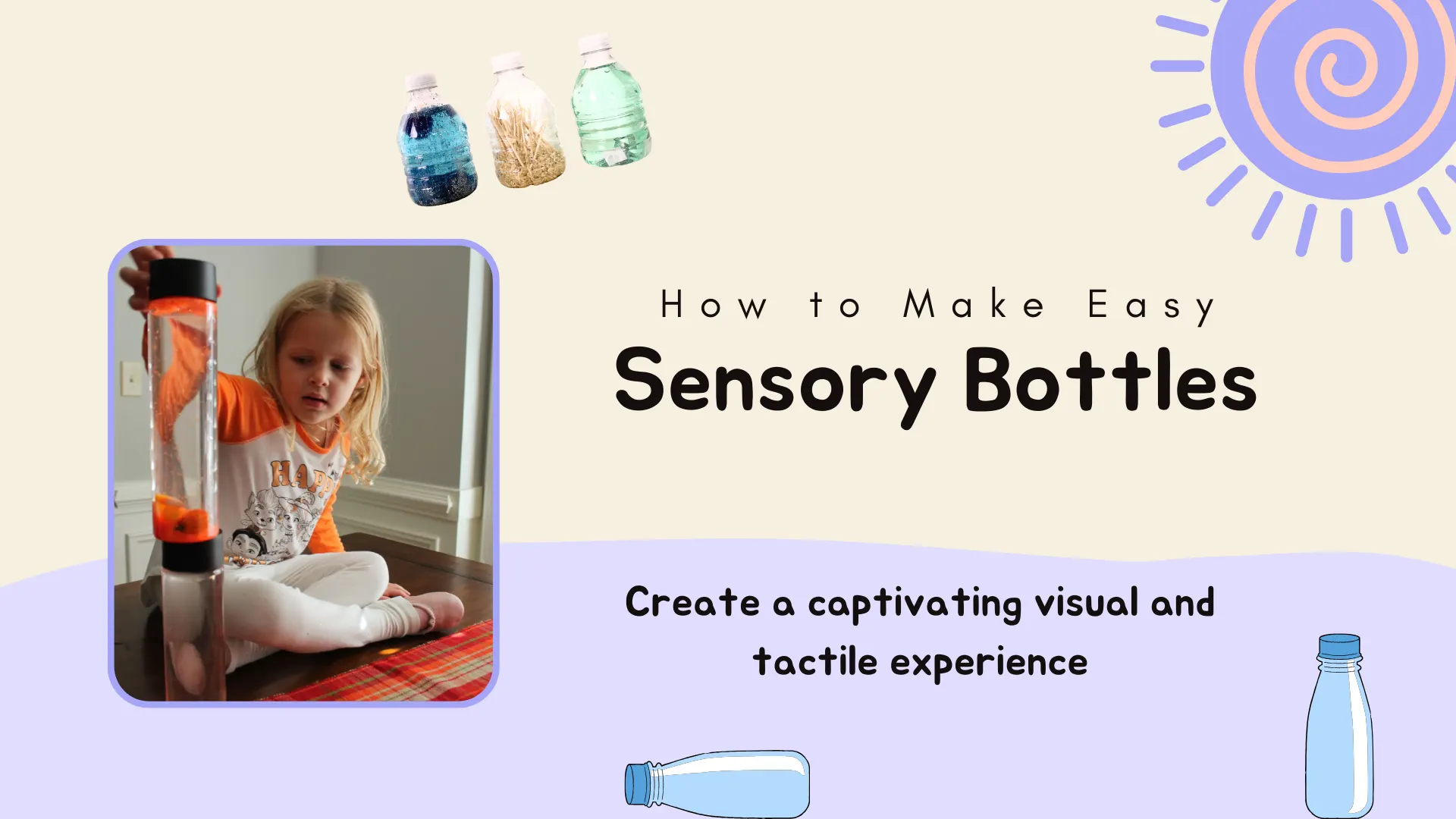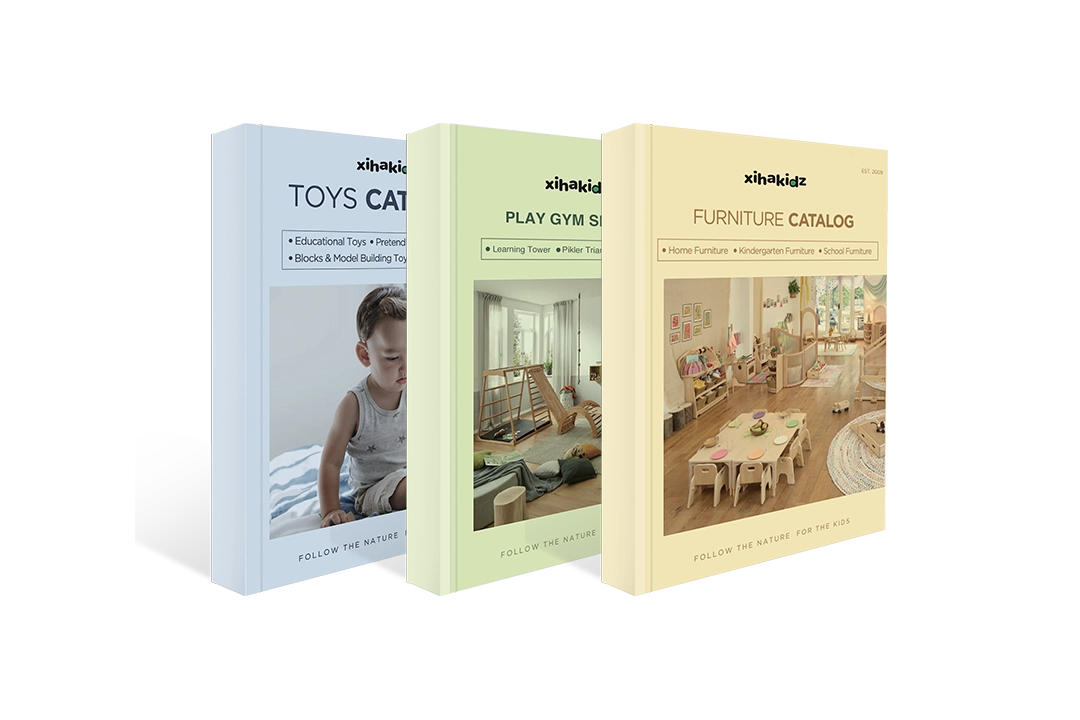Does your child struggle to remember what they’ve learned? Are you worried about their memory retention in preschool? Can changes to their learning environment help? These are common concerns for parents and educators alike. In this article, we will explore effective strategies to enhance a child’s memory, including key developmental insights and practical techniques that can significantly improve memory retention.
Improving a child’s memory involves more than memorization; it requires creating an environment that supports brain development. Neuroscience shows that active engagement strengthens connections in the hippocampus, the part of the brain responsible for memory. Interactive learning, problem-solving, and a well-organized, comfortable space help children focus and improve their ability to retain information.
Memory is a key factor in a child’s cognitive development. To improve it, children need experiences that promote active learning and recall. Let’s understand how we can help children strengthen their memory and make the necessary efforts to create the ideal environment for their cognitive development.
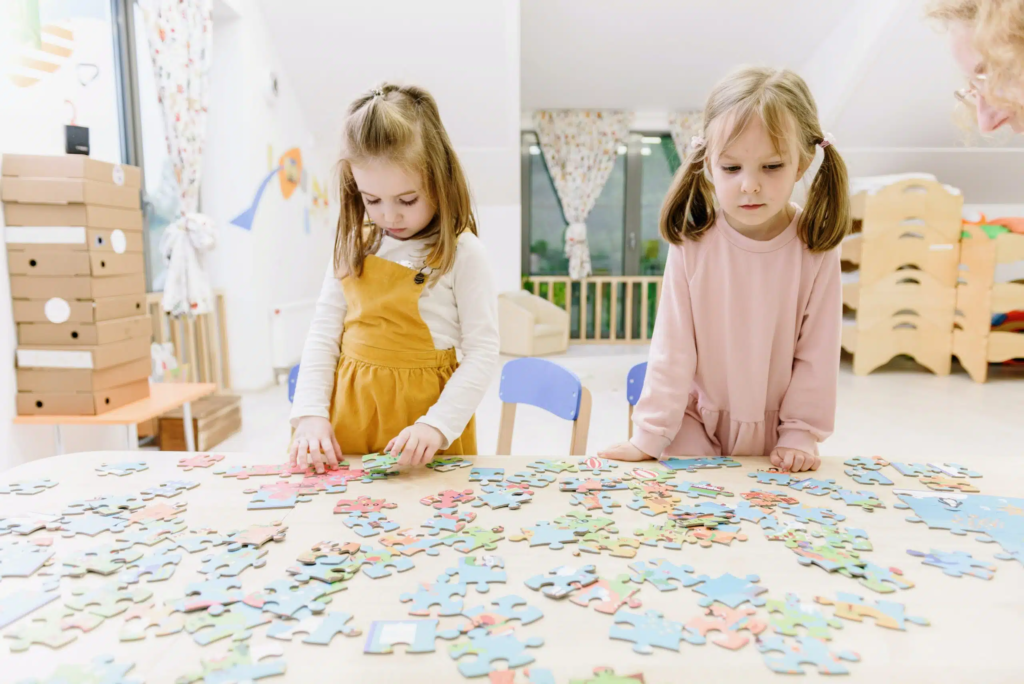
Memory Development in Early Childhood
Memory in early childhood is a complex process involving multiple cognitive functions. During this stage, a child’s brain is rapidly developing, which is why memory plays such a crucial role in their overall growth. Research has shown that young children’s brains are highly plastic, meaning they can form new neural connections quickly. This makes early childhood the perfect time to introduce strategies that will boost memory and cognitive abilities.
A child’s memory is often categorized into short-term memory, long-term memory, and working memory. Each of these types serves a different purpose and develops at different rates. Early interventions that support memory development, such as those found in Montessori environments, can accelerate this process.
Short-Term Memory
Short-term memory is a fundamental aspect of a child’s memory, referring to the capacity to briefly hold and manipulate information. For young children, this often involves retaining details long enough to complete tasks or follow sequences. An example of utilizing short-term memory is remembering simple instructions like “put the red block in the basket.”
At an early age, a child’s memory typically has limited short-term capacity. Nevertheless, this crucial skill can be nurtured through practice. Games and activities designed to encourage children to follow multi-step instructions or recall sequences of items are particularly beneficial in enhancing a child’s memory.
Long-Term Memory
In contrast, long-term memory is the component of a child’s memory that enables storing information over extended periods, ranging from hours to many years. Long-term memory becomes increasingly vital as children grow and accumulate knowledge, essential for academic learning, personal experiences, and acquiring life skills.
Young children’s long-term memory develops progressively, and its enhancement can be effectively supported through repeated exposure to core concepts. Montessori-based activities, characterized by repetition and active interaction with materials, significantly boost a child’s memory by reinforcing retention and deepening understanding over time.
Discover Our Full Range of Products
Get access to our comprehensive catalog featuring top-quality furniture and play equipment for kindergartens and schools.
Working Memory
Working memory is a critical function of a child’s memory system that enables them to temporarily hold and manipulate information needed to complete tasks. For instance, when solving a puzzle, a child must remember the shapes and where each piece belongs—an active use of working memory. Unlike short-term memory, which involves passive recall, working memory involves active mental processing and decision-making.
This aspect of a child’s memory plays a foundational role in problem-solving, learning, and day-to-day functioning. As children grow, especially during their early school years, the development of working memory becomes vital for managing multi-step instructions and tackling academic challenges.
10 Practical Strategies to Improve a Child’s Memory
Once we understand the key factors that influence memory, the next step is to put practical techniques into action. These strategies combine research-based insights with everyday activities, making them easy to integrate into a child’s daily routine. By using a mix of games, visualization, and active learning, parents and teachers can help children strengthen their memory while also making the process fun and engaging.
1. Develop Visualization Skills
Visualization is a powerful tool that strengthens a child’s memory by turning abstract information into vivid mental images. For example, if you ask your child to set the table for five people, encourage them to imagine the table in their mind. Younger children may draw it, while older children can describe it out loud. With practice, this technique helps improve recall and makes information easier to remember.
2. Turn Children into “Little Teachers”
Explaining a concept to others is one of the best ways to learn. When children are asked to teach their parents, siblings, or peers, they must make sense of the information and organize it clearly. For instance, if they are learning to dribble a basketball, have them demonstrate and explain the steps. This active processing helps deepen understanding and strengthen recall.
3. Use Games to Train Memory
Play-based activities are highly effective in improving a child’s memory. Games such as Memory (Concentration), Uno, Go Fish, or Crazy Eights challenge children to remember rules, cards, and sequences. Even simple activities like spotting letters on license plates or circling words in a magazine can sharpen visual memory. These playful methods make learning enjoyable while training recall skills.

4. Incorporate Visual Aids and Tools
Children often benefit from seeing information displayed in structured ways. Flashcards, mind maps, and keyword charts help organize details and establish connections between concepts. A visual aid not only makes review easier but also helps children anchor abstract information to something concrete, improving long-term retention.
5. Create Rhymes and Songs
Our brains are naturally wired to remember rhythm and melody. Turning information into songs, poems, or chants makes it much easier to recall. For example, children often learn the alphabet through song, and multiplication tables can also be remembered more effectively when set to a rhythm.
6. Encourage Active Learning and Questioning
Children retain more information when they ask questions and engage in discussions. Encouraging curiosity allows them to explore the “why” and “how” of concepts, leading to deeper comprehension. This critical thinking ensures knowledge is stored in long-term memory, enhancing a child’s memory capacity far beyond rote memorization.

7. Use Multi-Sensory Learning
Engaging multiple senses enhances memory formation. A child can listen to a passage, read it aloud, and then act it out. For example, when learning vocabulary, they can write the word, say it out loud, and use it in a role-play scenario. This layered approach creates stronger neural connections and makes recall easier.
8. Break Information into Chunks
Large amounts of information can overwhelm a child’s memory. Instead, break tasks into smaller, manageable steps. This is why phone numbers and social security numbers are grouped with hyphens. In learning, parents and teachers can do the same by breaking down assignments into parts or giving instructions step by step. Pairing this method with spaced repetition (reviewing material at intervals) further strengthens long-term memory.
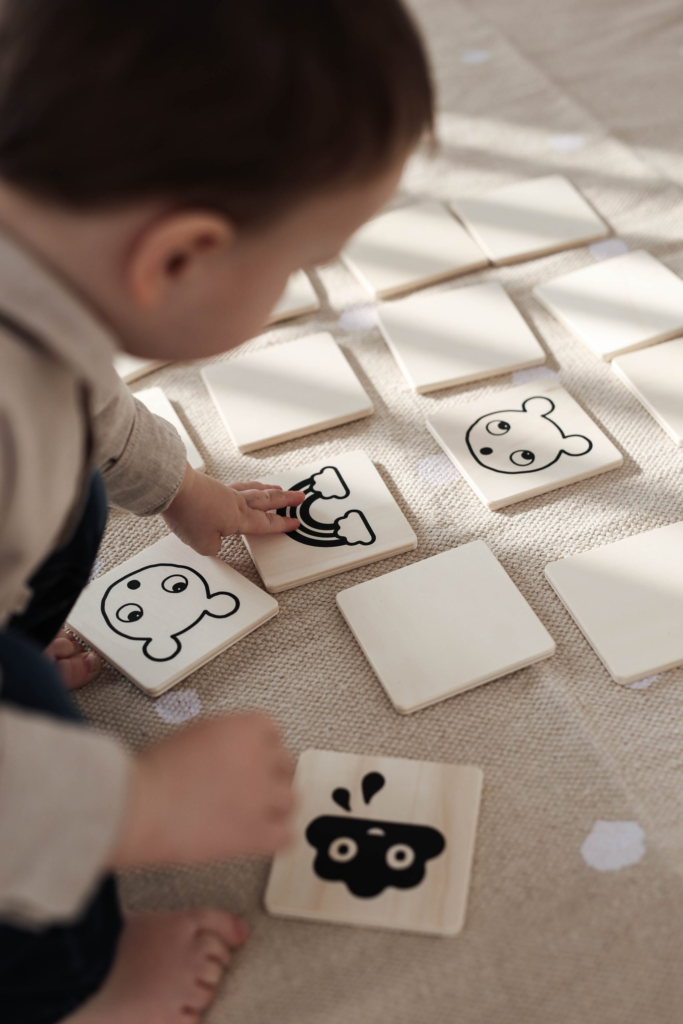
9. Build Associations and Connections
Helping children form associations between details makes them easier to remember. Mnemonics, acronyms, and storytelling are effective tools. For example, the acronym “ROY G. BIV” helps children remember the colors of the rainbow. Similarly, connecting new information to a child’s personal experiences or interests makes the content more meaningful and memorable.
10. Make Learning Fun and Relevant
Children are more likely to remember what excites them. Visiting museums, libraries, or science centers can bring abstract ideas to life. Parents can also connect lessons to real-life experiences—counting fruit in a grocery store, identifying shapes in buildings, or discussing colors while painting. When learning feels enjoyable and relevant, memory retention improves naturally.
Transform Your Classroom with Custom Furniture Solutions
Frequently Asked Questions
1. What is a working memory deficit?
A working memory deficit means difficulty in holding and processing information for short periods. Children with this issue may struggle to remember instructions or follow multi-step tasks, which can affect learning and daily activities.
2. How can I help improve my child’s working memory?
To improve your child’s working memory, try activities like memory games, repetition, and exercises that require them to follow instructions or solve problems. Games like “Bingo” or “Concentration” can help strengthen their memory skills.
3. How can I help my child retain information?
Encourage your child to use techniques like visualization, chunking information, and making connections between new and old knowledge. Repetition and consistent practice are also key to helping them retain and recall information more effectively.
4. What Are the Signs of Photographic Memory in a Child?
Photographic memory in a child is rare but can sometimes be recognized by a child’s ability to recall details with remarkable accuracy after seeing something only once. A child with photographic memory may vividly remember past events, specific pages from books, or images in great detail. They might describe scenes or objects in a way that seems almost like a photograph in their mind. If you notice that your child can remember things in exceptional detail, it’s worth discussing with a professional to understand their memory abilities better.
5. What Could Cause Sudden Memory Loss in a Child?
Sudden memory loss in children can be concerning and may be caused by various factors. It could result from physical injury, like a concussion or head trauma, which affects brain function. Emotional stress, anxiety, or significant changes in a child’s life can also lead to temporary memory problems. Poor sleep, infections like fever, or neurological issues may also cause memory loss. If your child experiences sudden memory loss, it’s important to consult a healthcare provider to identify the underlying cause and seek proper care.
6. When should I be concerned about my child’s memory?
You should be concerned if your child frequently forgets familiar routines, struggles with simple instructions, or shows difficulty recalling recent events. If these signs persist across different settings and interfere with learning or daily life, consult a pediatrician or child development specialist.
Conclusion
In conclusion, enhancing a child’s memory involves more than just focusing on recall; it’s about creating an environment that nurtures their cognitive growth. By implementing effective strategies such as repetition, visualization, and hands-on learning, and pairing them with an organized, supportive space, we can help children strengthen their memory and learning abilities. When we provide children with the right tools and a conducive environment, we give them the foundation to thrive academically and personally.
At XIHA KIDZ, we understand the importance of a well-designed learning space in a child’s development. As a leading manufacturer and supplier of preschool furniture with over 20 years of industry experience, we offer a one-stop solution from classroom design and custom furniture production to quality inspection and delivery. Our extensive range of preschool furniture, available in various styles, materials, and sizes, is designed to create the ideal environment for children to grow, learn, and remember. Let us help you build the perfect learning environment for the children in your care.



